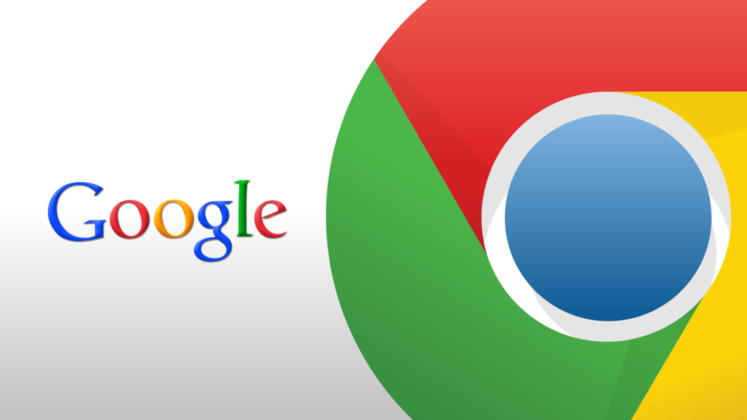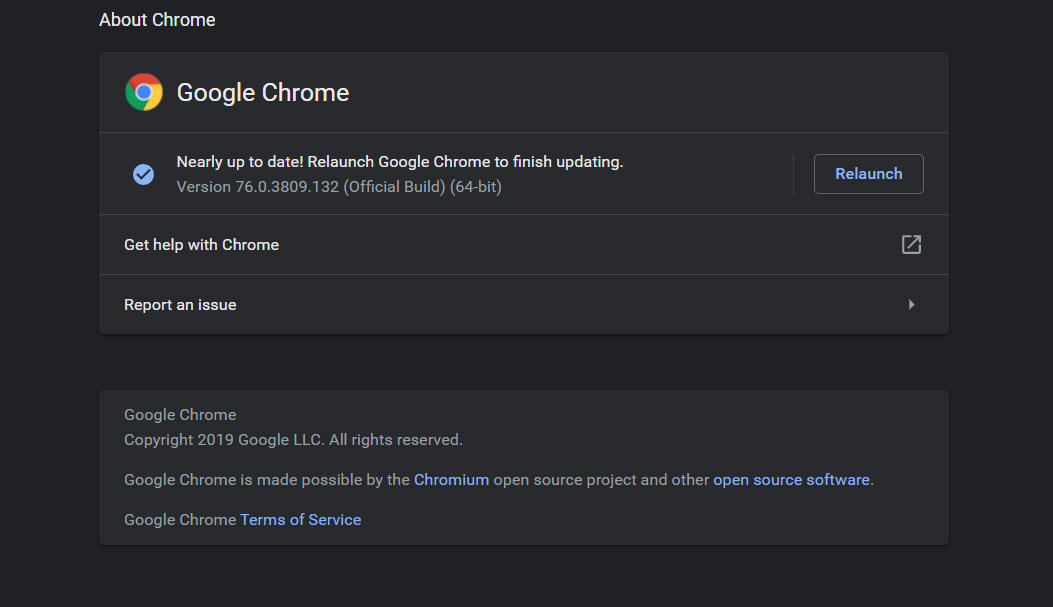

I typically don’t sign out of mine either. Most of our students don’t sign out of them. Keeping our 1:1 Chromebooks up-to-date is a bit more difficult. The update happens so quickly, most users don’t even notice. On our Chromebooks using Kiosk mode and those used my multiple students, the Chromebooks usually auto-install any downloaded updates when the current user logs off. That means no “please wait while we install updates” messages. The next time the Chromebook turns on after a reboot or shut down, it boots up with the new OS version. The Chromebook downloads updates in the background while it is on and being used, without interrupting the user’s experience. Sometimes minor updates are released even faster.Īmazingly, Google is able to push out all of these updates with little to no impact on users. Google releases a new full OS update about every six weeks! They release minor security and bug updates every 2 to 3 weeks. Google Constantly Updates Chrome OSĬhrome OS is always evolving. Google Chromebooks automatically download updates in the background while they are in use, but making sure the updates are installed can be a bit of a challenge with some deployments. There are numerous ways school provide Chromebooks to students. These are a few of the ways I have commonly seen Chromebook deployed. This includes using a recovery flash drive. In this post we’ll look at some of the ways to make sure your Chromebooks stay update to date and ways to update those that don’t automatically update. These updates add new features, improve performance, and fix bugs. These methods should make it so Chrome stops auto-updating and you can manually update it when you want to.Google often updates the Chrome OS for Chromebooks.


We recommend changing it to so if you want to change it back it’s easy to know what to get rid of. For Mac Computersįor Mac users you can edit the URL for Chrome updates and make it so it can’t find the updates to stop them.Ģ) Find Google Chrome – right click and choose “Show Package Contents”ģ) Go into the “Contents” folder and edit the “ist” file (with an XML text editor like TextWrangler or XCode, NOT the Mac TextEdit App).Ĥ) Find the string “KSUpdateURL” in the file (Command-F to find).ĥ) Change the URL and save the file. Once you’ve done this restart your computer. First is Google Update Service (gupdate), and second is Google Update Service (gupdatem).įor each of these, double click the name and change the “Startup Type” dropdown to “Disabled”.

Step 3 – In the list (you might want to click on the header name to sort alphabetically), find 2 programs. Step 2 – Once it opens, type services.msc and hit enter (you can also get to this by going to Control Panel > System and Security > Administrative Tools > Services). You can do this by using the keyboard shortcut WINDOWS KEY + R or searching for Run using Cortana. To turn off Automatic updates in Chrome, follow the directions below: For Windows Computers


 0 kommentar(er)
0 kommentar(er)
